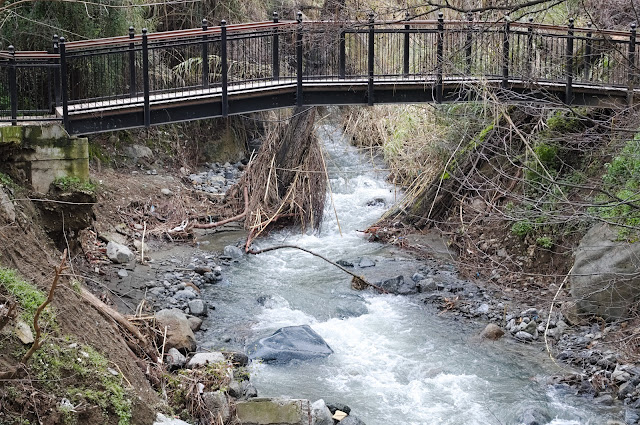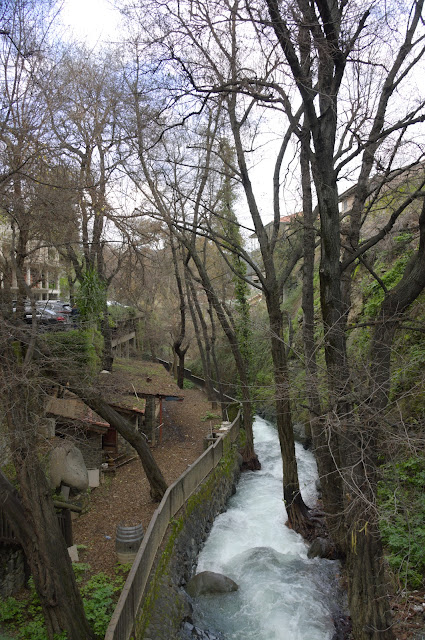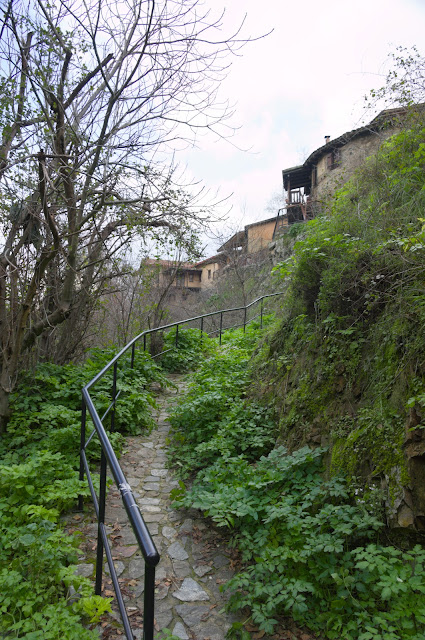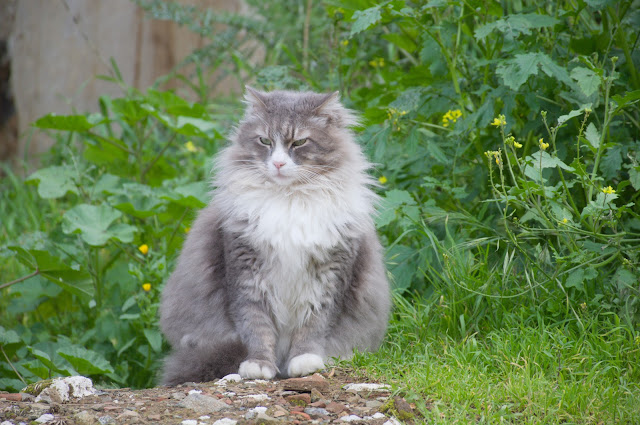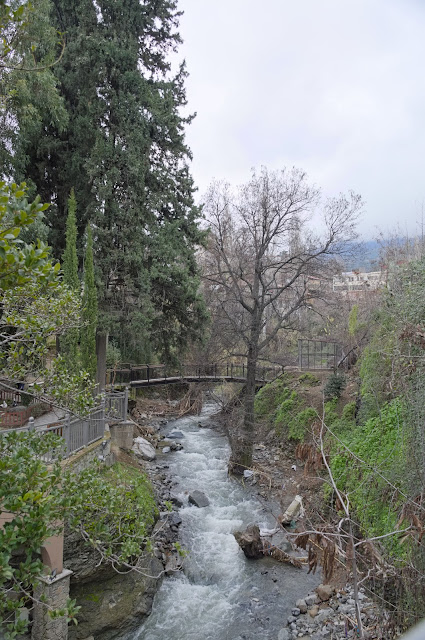In this tutorial, we will explain what the static linking is, how this affect the size of final binary, and why statically linking with g++ sometimes is pain. By definition, a statically compiled binary is a group of programmer ‘s routines, external functions, and variables which are packed into the final binary executable. The compiler or the linker produces the final object and embeds all the functions and variables and the linking phase. There are two reasons of using dynamic linking and shared libraries: 1) Avoid creating a huge binary, if all the programs use a standard set of libraries why not having the operating system providing to them 2) Compatibility on operating system and machine dependant characteristics: sometimes the libraries must be implemented based on the architecture or the operating system and using dynamic linking is an easy way to avoid this catch. On the other hand, static linking is the ideal way of distributing one software product, pay...
